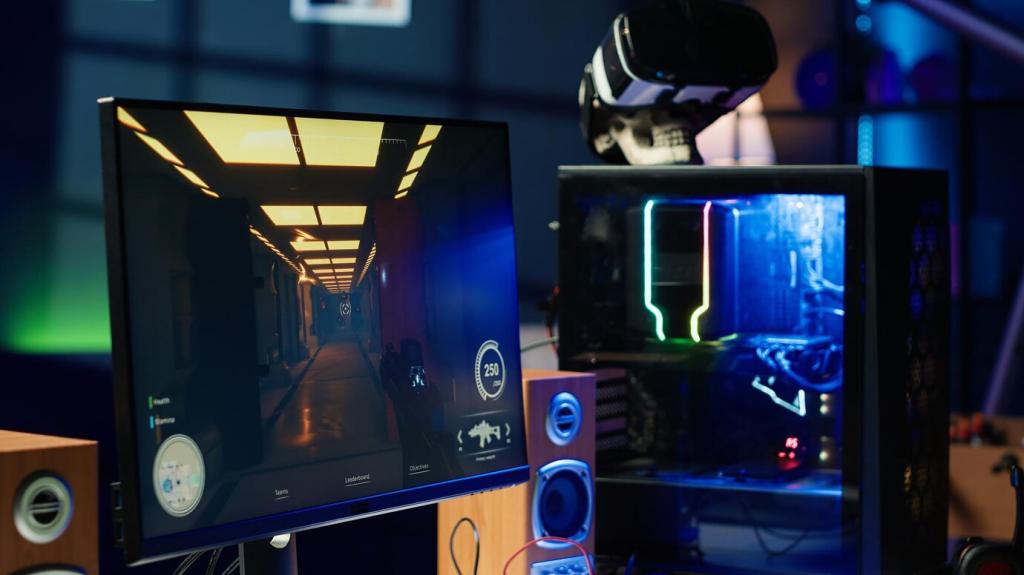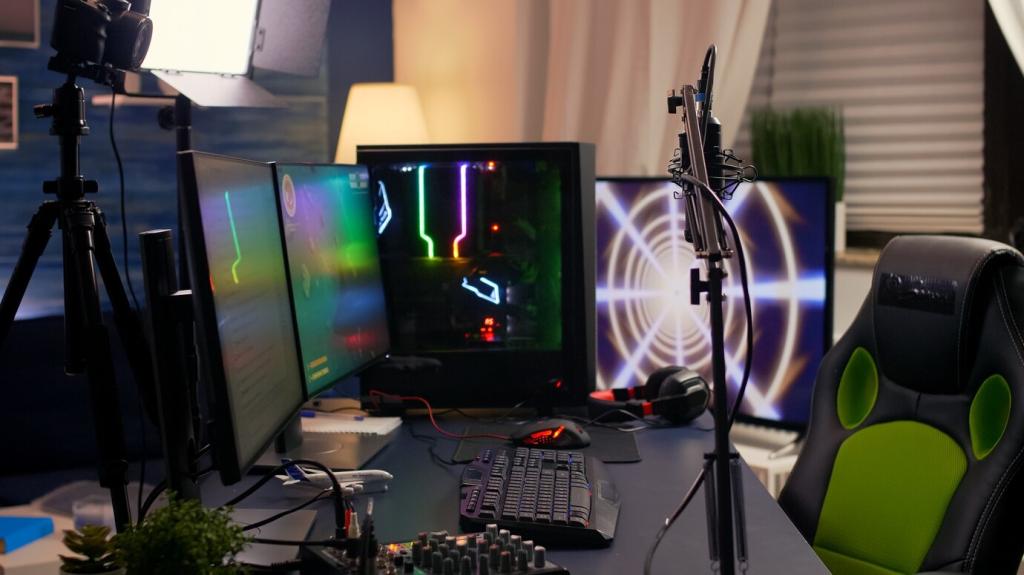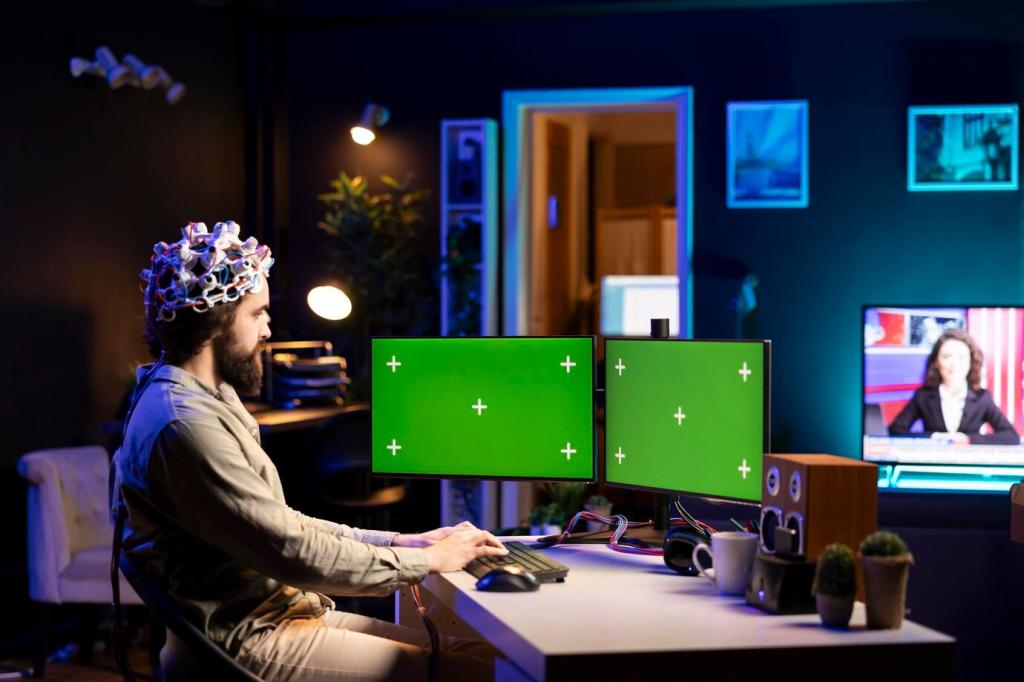Color Psychology: Pick Palettes with Purpose
Cool blues and teals promote calm concentration during long tactical sessions. Pair with low brightness to prevent overstimulation, and reserve accent pops for moments you need energy or quick attention.
Color Psychology: Pick Palettes with Purpose
After intense matches, transition to warm ambers and soft peaches to signal cooldown. Gentle fades with reduced saturation help your mind shift from adrenaline to rest without feeling abruptly switched off.
Color Psychology: Pick Palettes with Purpose
Create seasonal profiles—crisp winter whites, neon summer gradients, or limited-time game-inspired schemes. Invite readers to suggest palettes in comments, and subscribe for monthly theme packs and downloadable profiles.






